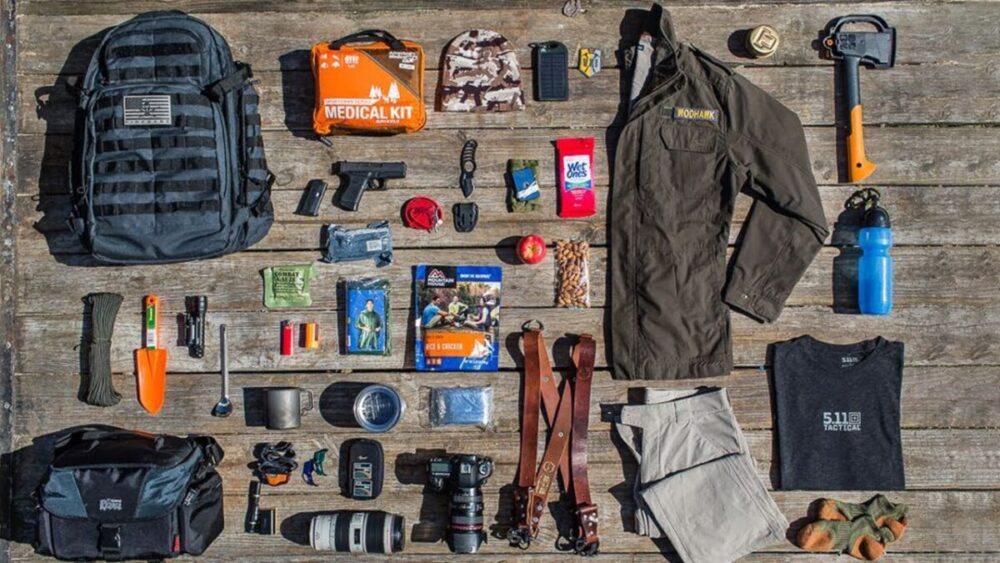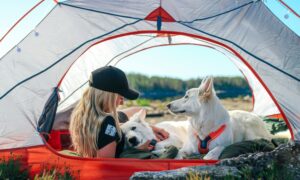You never know what trick life will play ─ will it be a natural disaster, ecological disaster, or civil unrest? These and similar events are beyond our control.
All we’re left to do is prepare in advance, do whatever it takes to get as far from the center of the action as possible, and hope for the better.
Preparation ensures 50% of survival success, if not more. So we’ve asked our friends from Gritr Outdoors to explain what a basic emergency survival kit must include and why. Enjoy reading!
What’s a Bug-Out Bag
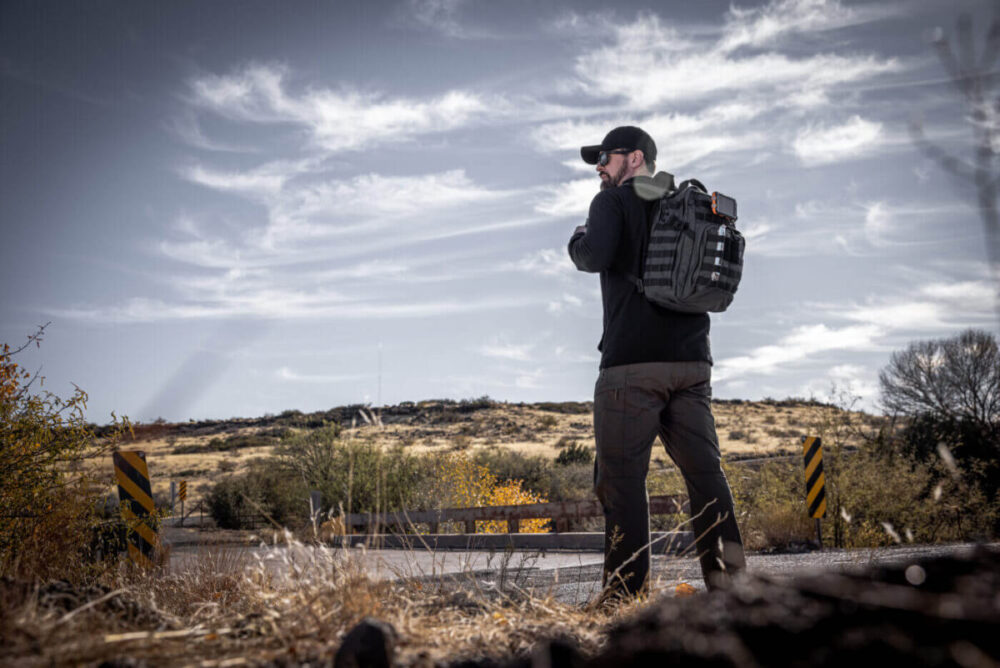
Source: thearmorylife.com
Preppers have come up with so many concepts and terms that it can be difficult for a newbie to sort things out. So let us help you.
A bug-out bag is prepared in advance for each family member and is kept at home, in a place where it would be readily available. The BOB contains survival gear that ensures support for 3-7 days until the evacuation. The BOB is also called a Go Bag or 72-hour kit.
If it’s not your first article on building survival kits, you might have stumbled across Get-Home bags (GHB), INCH bags, EDC, and other types of emergency kits. Generally, they are split based on how long surviving is likely to take.
An EDC kit includes items you might need during a regular day or in case of a small emergency, something like a knife, multi-tool, and a torch.
A GHB is heavier than EDC and lighter than BOB and is designed to get you home in an emergency within a few hours.
An INCH is an acronym for I’m Never Coming Home. The name speaks for itself: an INCH bag should contain gear that will support you for several weeks or longer.
We believe when people are looking for emergency survival kit checklists, they mean the bug-out bag since it’s the most versatile build that allows you to:
- Leave home at a moment’s notice;
- Go on foot comfortably (in case you don’t have or can’t use a car);
- Deal with a wide range of scenarios;
- Be prepared for disasters that are more likely to happen rather than some major life-turning collapses.
Things to Consider Before Building a Bug-Out Bag
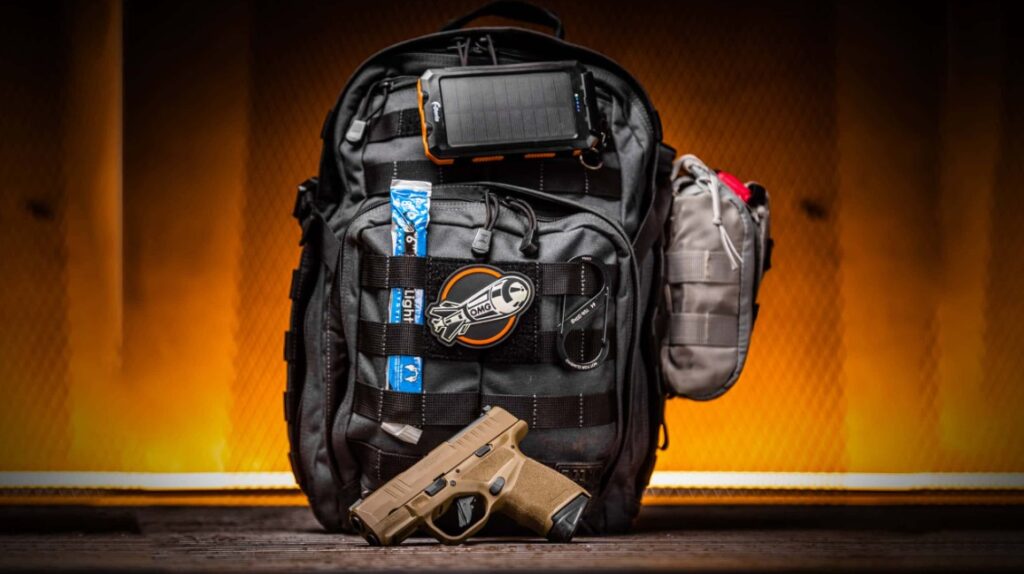
Source: thearmorylife.com
Before you even touch your backpack, you need to ask yourself the following questions:
For whom is this kit? Think of people your emergency kit is intended to support and their specific needs. You should consider the number of people, their sex, age, and health conditions. Don’t forget about your pets because they are also part of your family.
Consider how you will move around with them or what transportation means is better for them, what food they need and how much, and how to protect them against the elements. As soon as you start thinking that way, you’ll understand that a young family with a baby in their arms and a golden retriever has needs considerably different from ones of a single man or an elderly couple.
What kind of emergency do you anticipate? Consider the region you’re living in and the disasters it is prone to. If you’ve just moved to a new area, consult natural disaster risk maps. For example, traditionally, hurricanes are expected on the east coast, while floods are frequent in the Midwest and some parts of the South and the Northeast.
Tornadoes are concentrated in Tornado Alley, and the West is mainly prone to wildfires and earthquakes. So you need to adapt your BOB for the most expected disasters.
Answering these questions will help you prepare the right survival kit that won’t let you down and will fully support your needs for several days.
Survival Gear List for your Bug-Out Bag
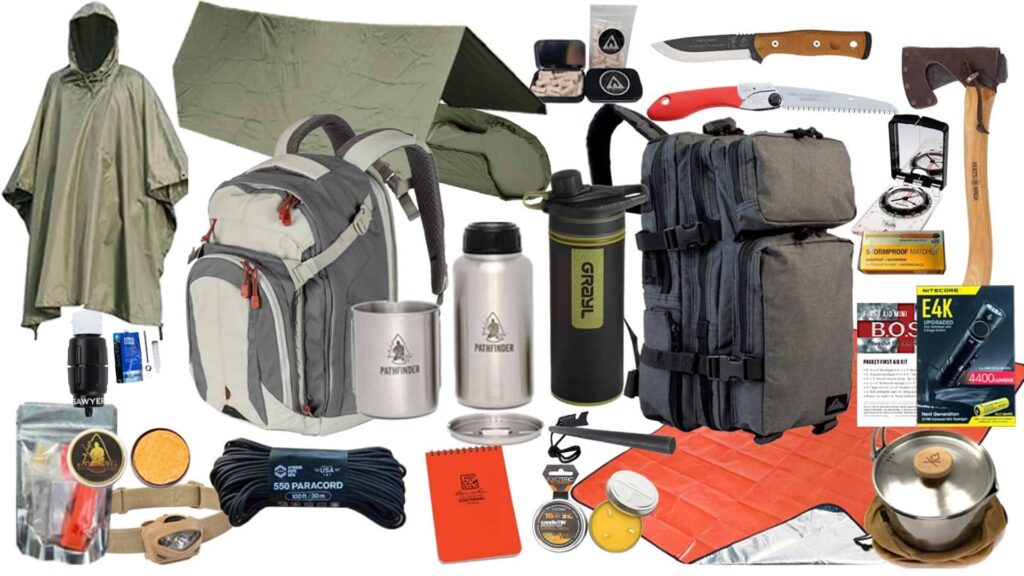
Source: thesurvivalsummit.com
The prime human needs include water, shelter, and food, meaning your kit must contain survival supplies that will help you stay hydrated, warm, dry, and energized. Here are our bug-out bag essentials.
Survival Backpack
The capacity of the bug-out backpack will vary depending on the gear, the expected duration of a survival situation, and the needs of the person who will carry it. For an adult, a 40-50-liter backpacking or tactical backpack will do. Here are some other features to look for:
- Durable, military-grade material like high-density ballistic nylon, Cordura, or rip-stop fabrics;
- Waterproofing: a water-resistant membrane (Gore-Tex or similar) or pull-out rain cover;
- Roll-top closure because a zipper is a weak point (less durable and not waterproof);
- Multiple pockets and compartments for better organization;
- Features for superior support and comfort (hip belt, load-lifter straps, and padding on the back panel and shoulder straps);
- MOLLE-straps (featured by military survival gear);
Clean Water
Your BOB should have a bottle of water to provide hydration during the first hours of survival. You must also pack water-purification items and devices to create additional potable water. These include water-purification tablets or powder packs, filtering straws, and portable filters (squeeze- or gravity-style). Each has pros and cons, so the best strategy is to have various water purification means.
Shelter
It’s not uncommon for people to think that surviving for three or more days always requires a tent. Well, it depends on the environment. The tent is useless if you have to deal with a disaster in a city or the nature of the disastrous event implies being always prepared to leave at a moment’s notice. Besides, most of them are heavy (except a bivy sack).
Instead of a tent, consider a survival poncho, Mylar blanket (also known as space/emergency blanket), and weather-proof outdoor clothing. Pack a lightweight, portable sleeping bag if the weather is bad.
Some situations may force you to build a shelter. Therefore pack a paracord, a handsaw to cut down limbs, and a plastic tarp for waterproofing and collecting water.
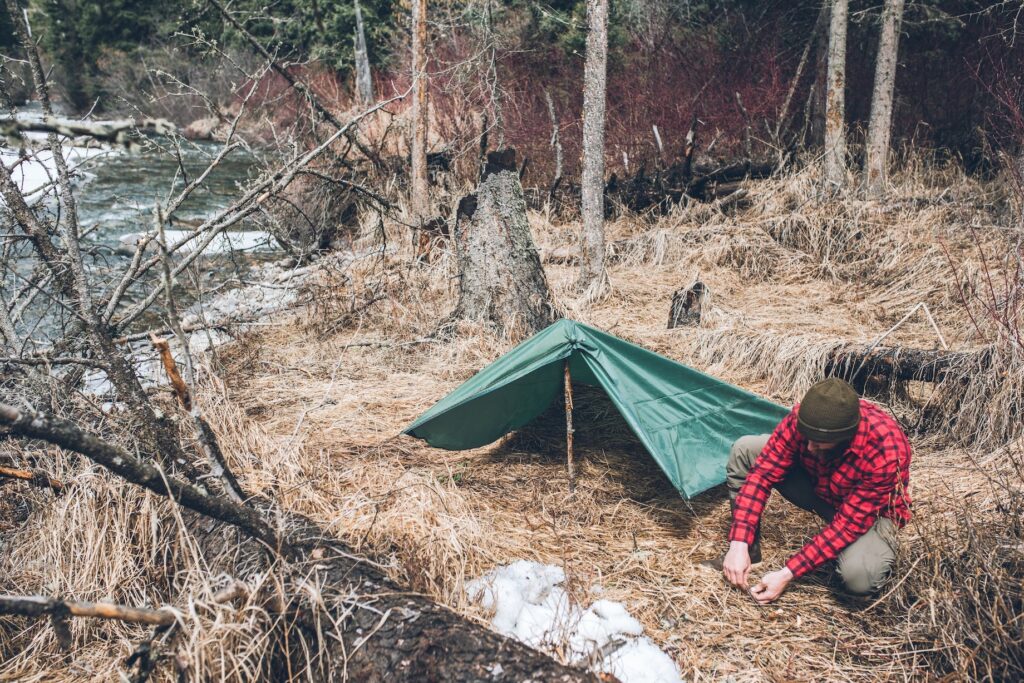
Source: filson.com
Fire
Starting a fire is essential for survival for multiple reasons: it gives warmth, provides a cooking surface, deters wild animals, and signals for help. The best fire starter kit includes various items to get a fire going in any situation. A flint-and-steel kit is slower but more reliable than waterproof matches and a lighter. You better have all three plus a magnifying glass.
Other Supplies to Pack
- Food: high-protein products (nuts, dried fruit, jerky), MREs, granola bars, energy bars, emergency food supplies;
- Cooking utensils: cup, pot, spork; also consider a portable cooking stove (with gas).
- Illumination: headlamp or tactical flashlight;
- First aid kit (bandage, ointments, antiseptic, NSAIDs);
- Power: power bank, batteries, chargers, solar power film;
- Navigation & Communication: compass, maps, GPS, two-way radio;
- Survival knife, multi-tool, handsaw, axe;
- Cordage & tape
- Signaling: mirror, whistle, flares;
- Personal hygiene supplies;
- Weapon: a collapsible survival rifle or a pistol (with ammo);
- Documents and cash in small bills;
- Survival book.

